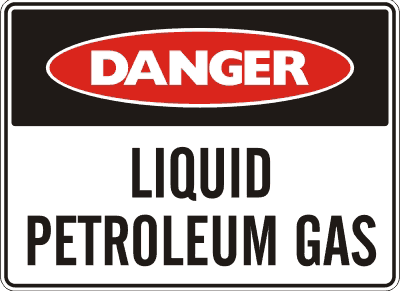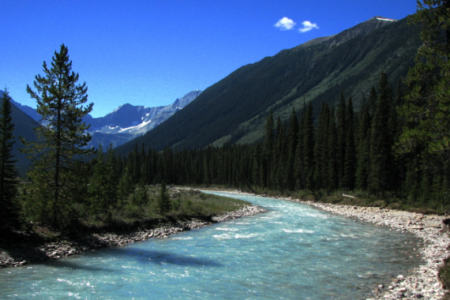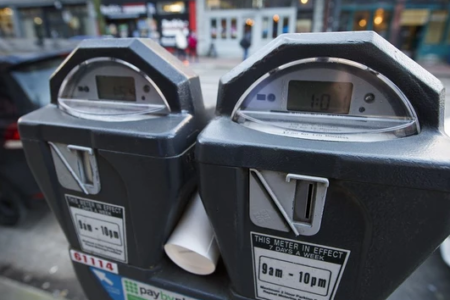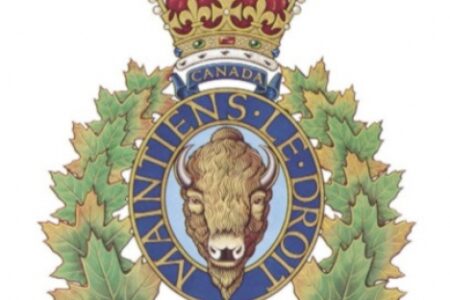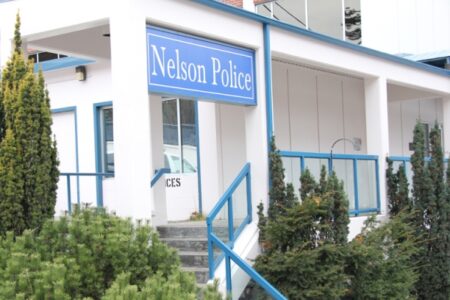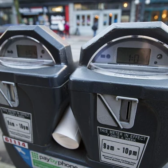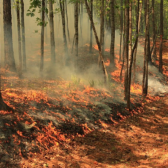New regulations in effect to improve spill response
Transporters of liquid petroleum products in British Columbia now will need to have provincial plans in place to manage a spill.
The new regulations requiring spill preparedness apply to pipelines, as well as rail and trucking operations transporting over 10,000 litres.
The regulations extend liability for full cost of response and recovery to a combination of both the owner as well as the transporter of the substance.
“These initial regulations increase responsibility, transparency and accountability for those who own as well as transport potentially dangerous products through our province,” said George Heyman, Minister of Environment and Climate Change Strategy.
“Our government will continue to develop a robust spill prevention, response and recovery program that improves initial response standards, and complements the federal marine spill regime to protect our coastal waters.”
Transporters will be required to have contingency plans in place before product is moved, and anyone who causes a spill can now be directed by the Province to develop and implement a recovery plan. Recovery plans outline the work that is required following the initial response to an incident to ensure environmental damage is fully addressed.
To address situations like the Nathan E. Stewart spill (off Bella Bella), where a product spilled from a marine vessel impacting seabeds and shoreline under provincial jurisdiction, the Province is considering future regulations that could require full compensation for First Nation, community and provincial response and recovery efforts.
Spill response legislation to establish new requirements and create new offences and penalties was passed in 2016. This first set of new regulations passed by the current government activates that legislation, and contains provisions that:
- define “regulated persons” as pipeline, rail and trucking transporters of liquid petroleum products over 10,000 litres;
- require the development and implementation of spill contingency plans;
- define requirements for drills and exercises;
- mandate record-keeping for spill preparedness and response;
- require enhanced reporting and set additional cost recovery mechanisms; and
- enable government to require plans for recovery.
The new regulations were developed with input from industry, First Nations, local communities, and other federal and provincial agencies.



